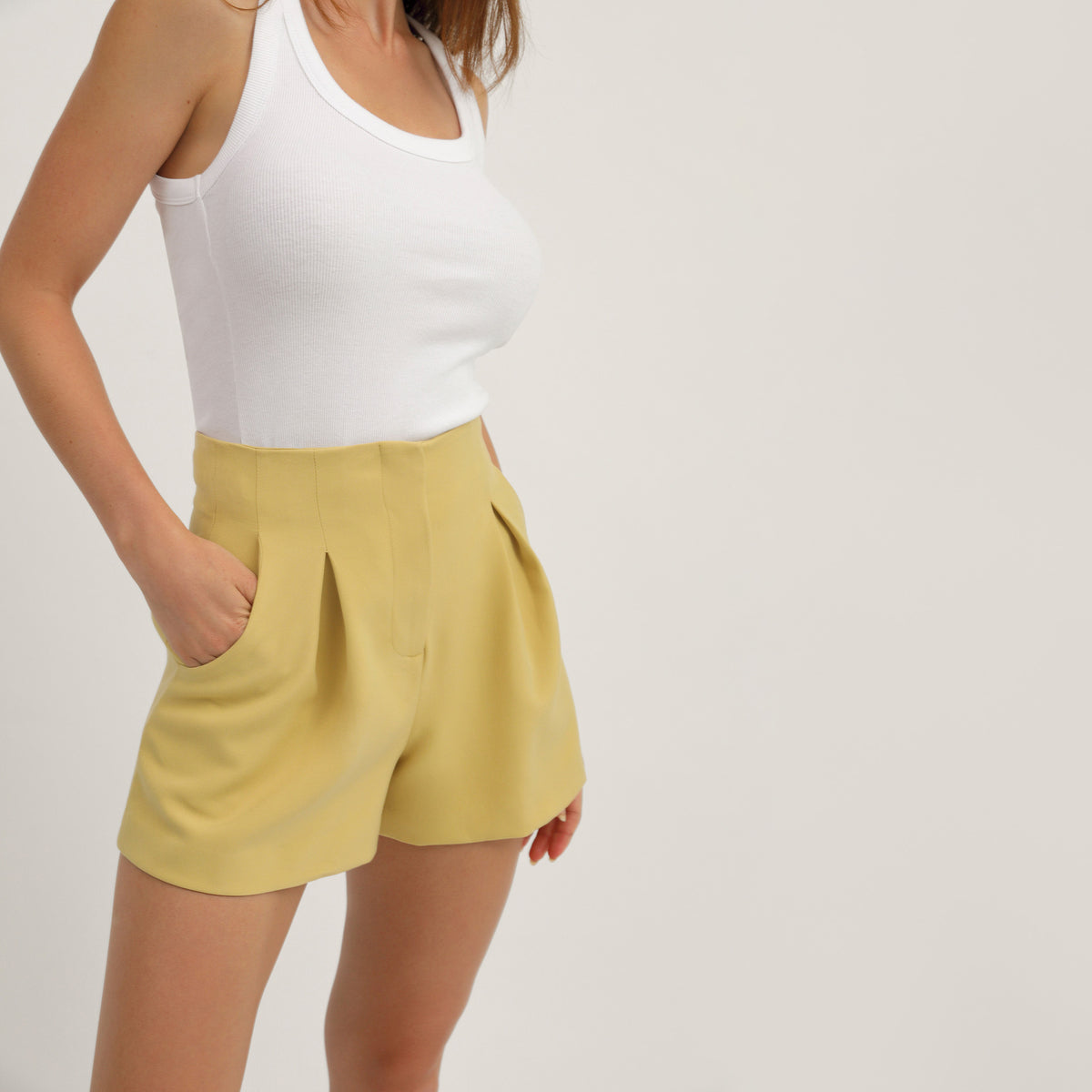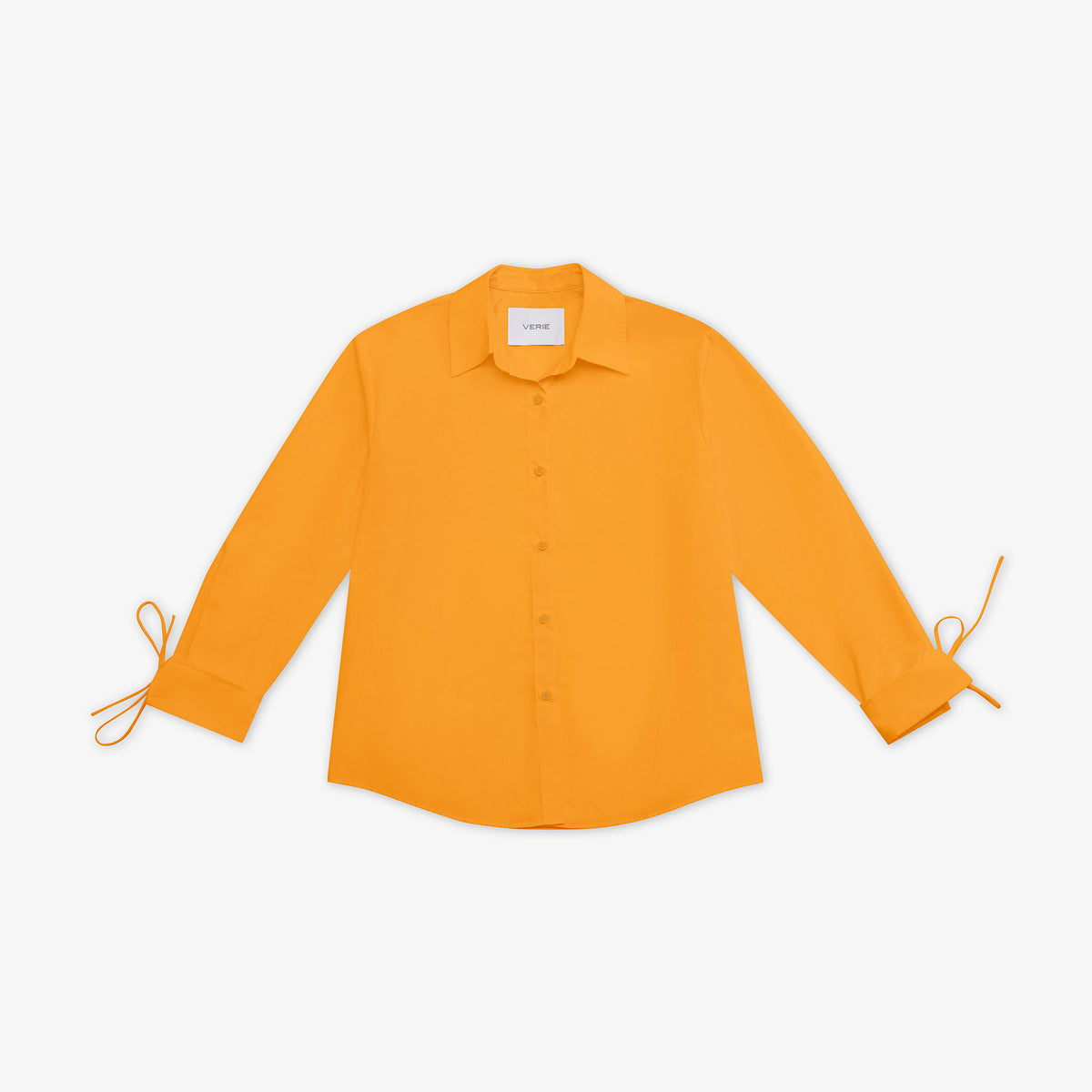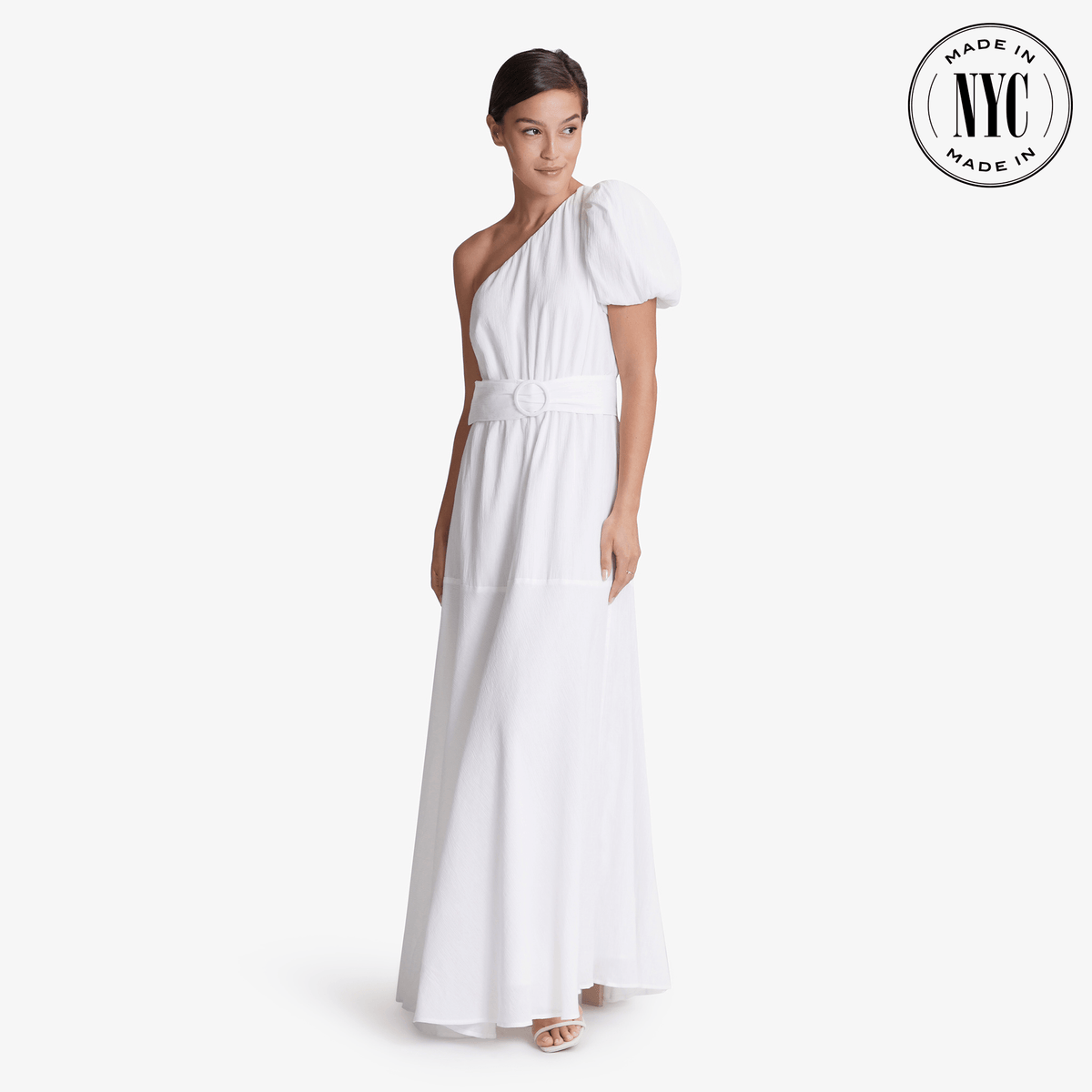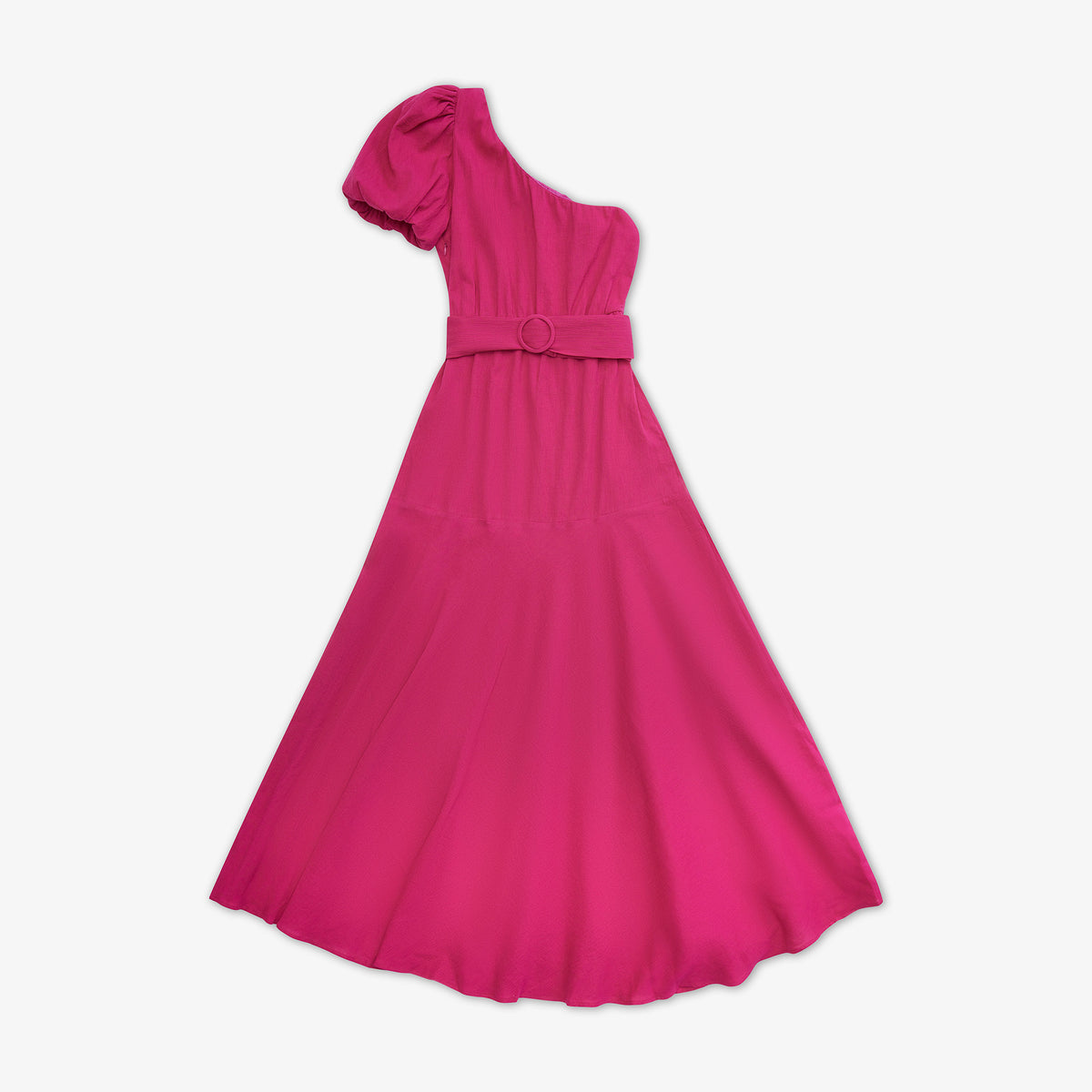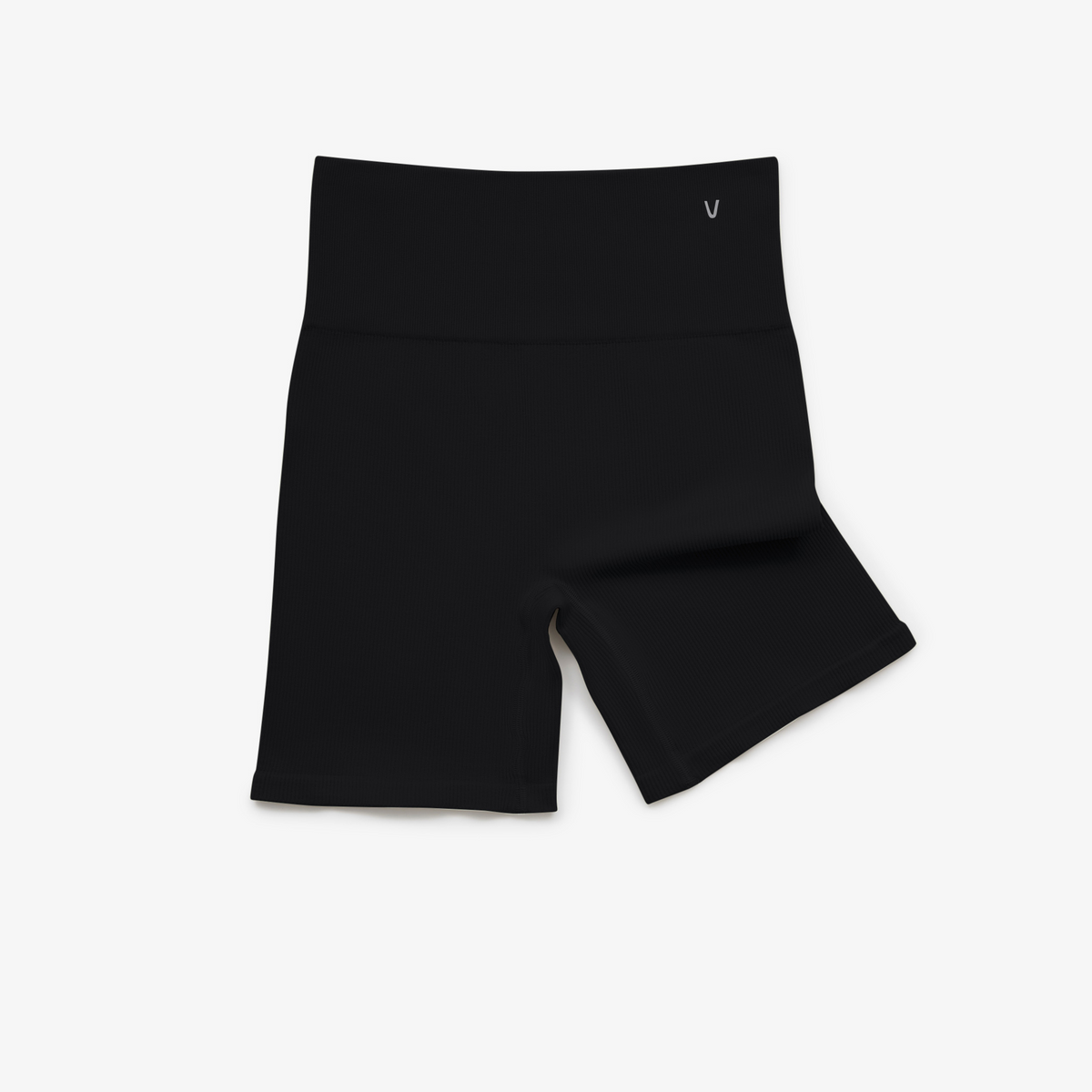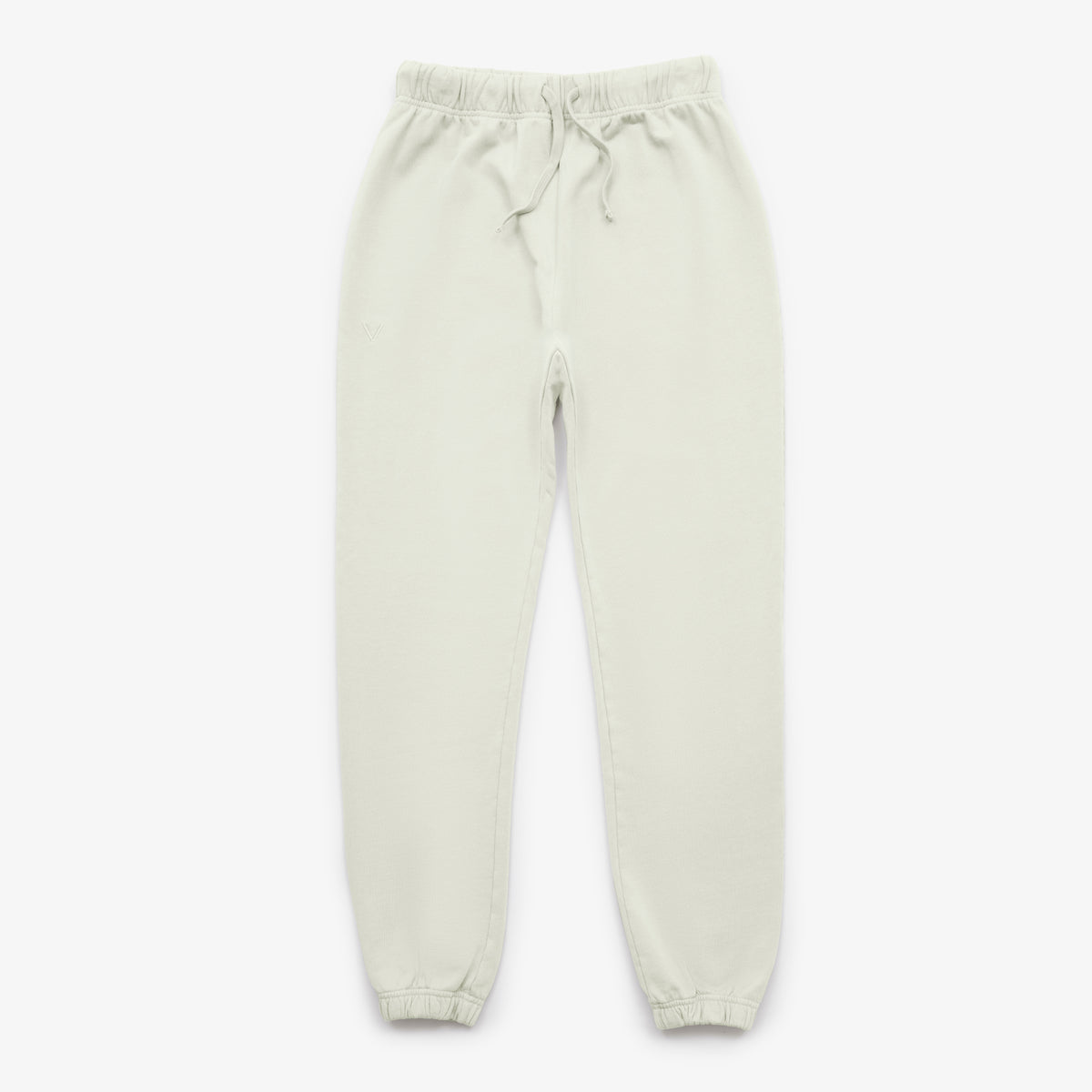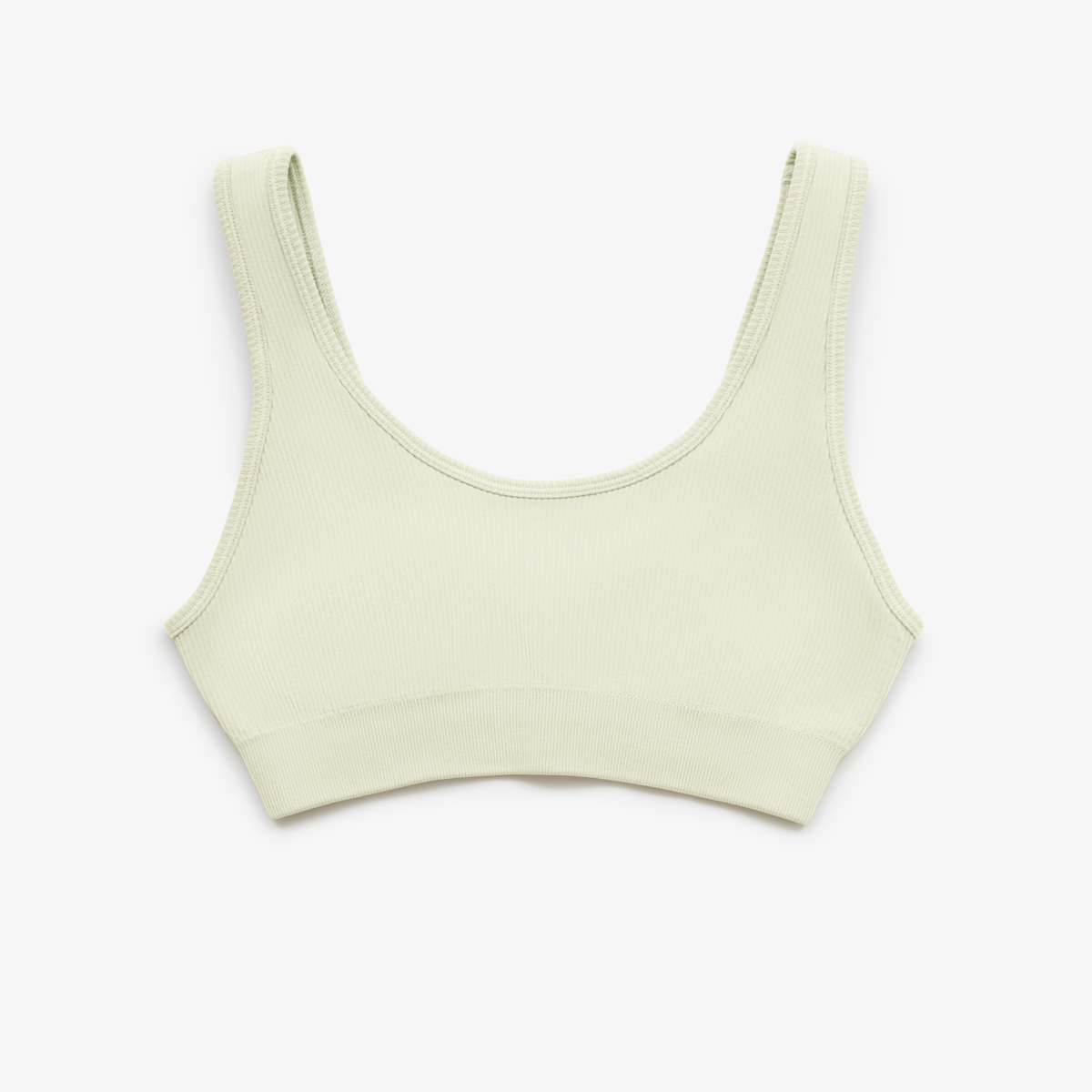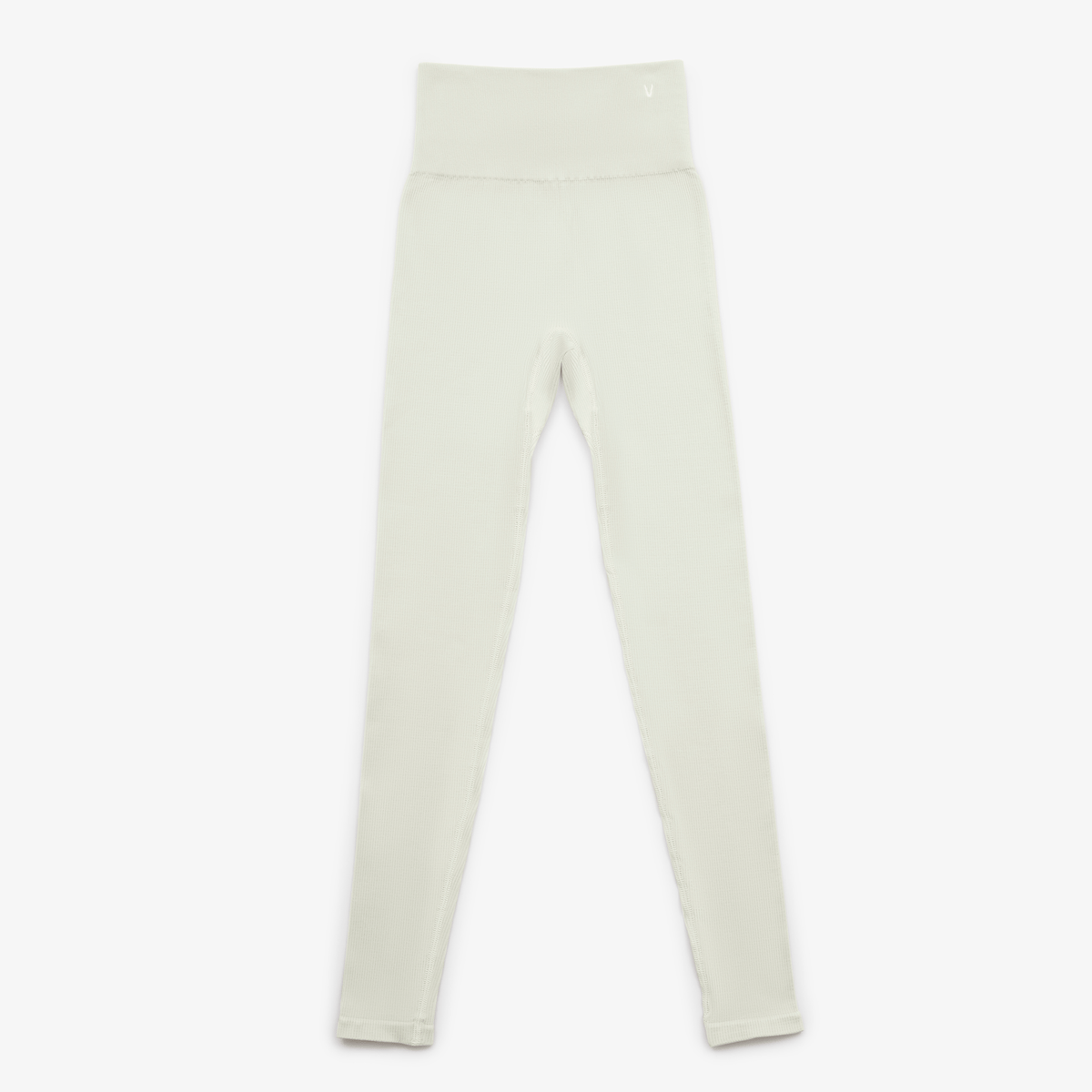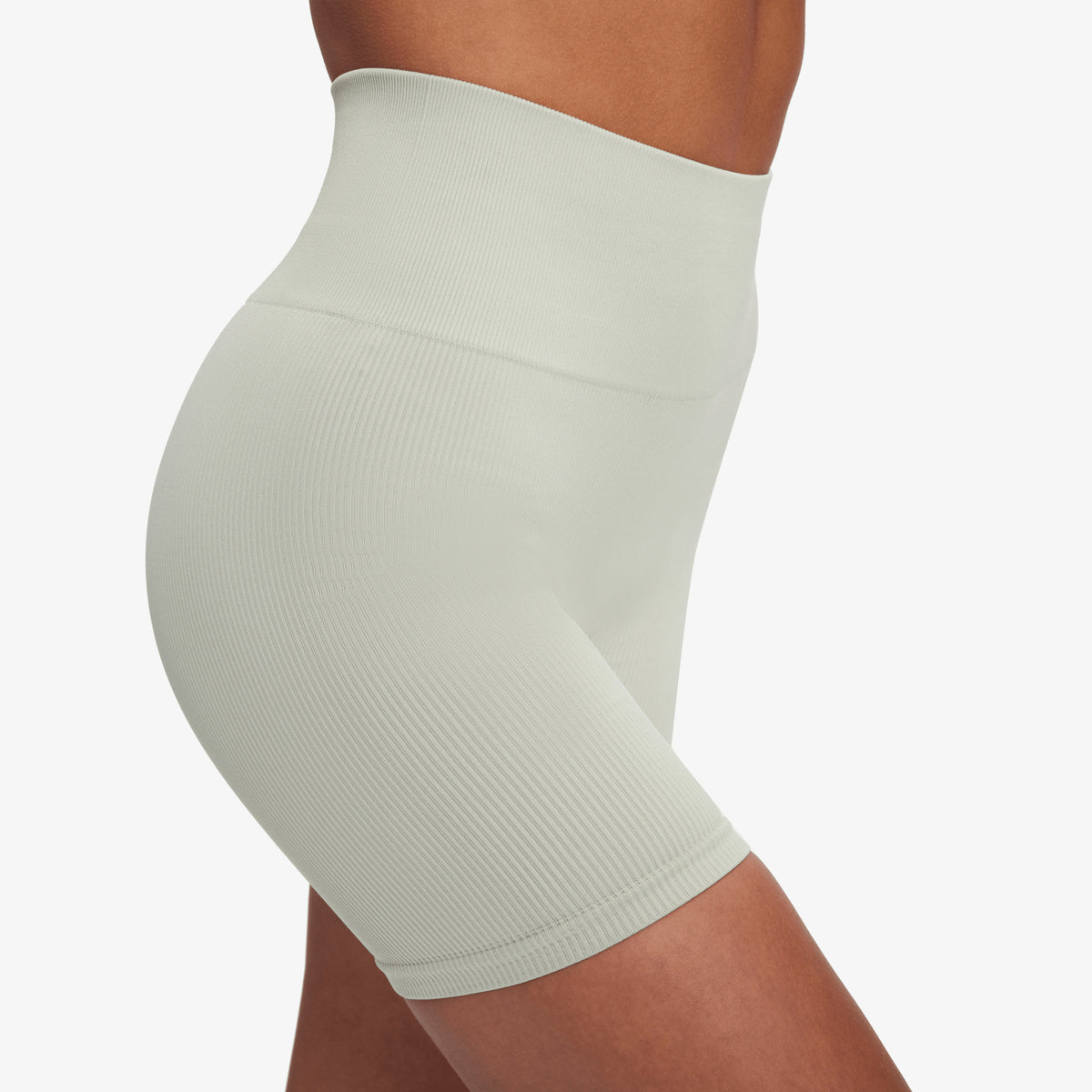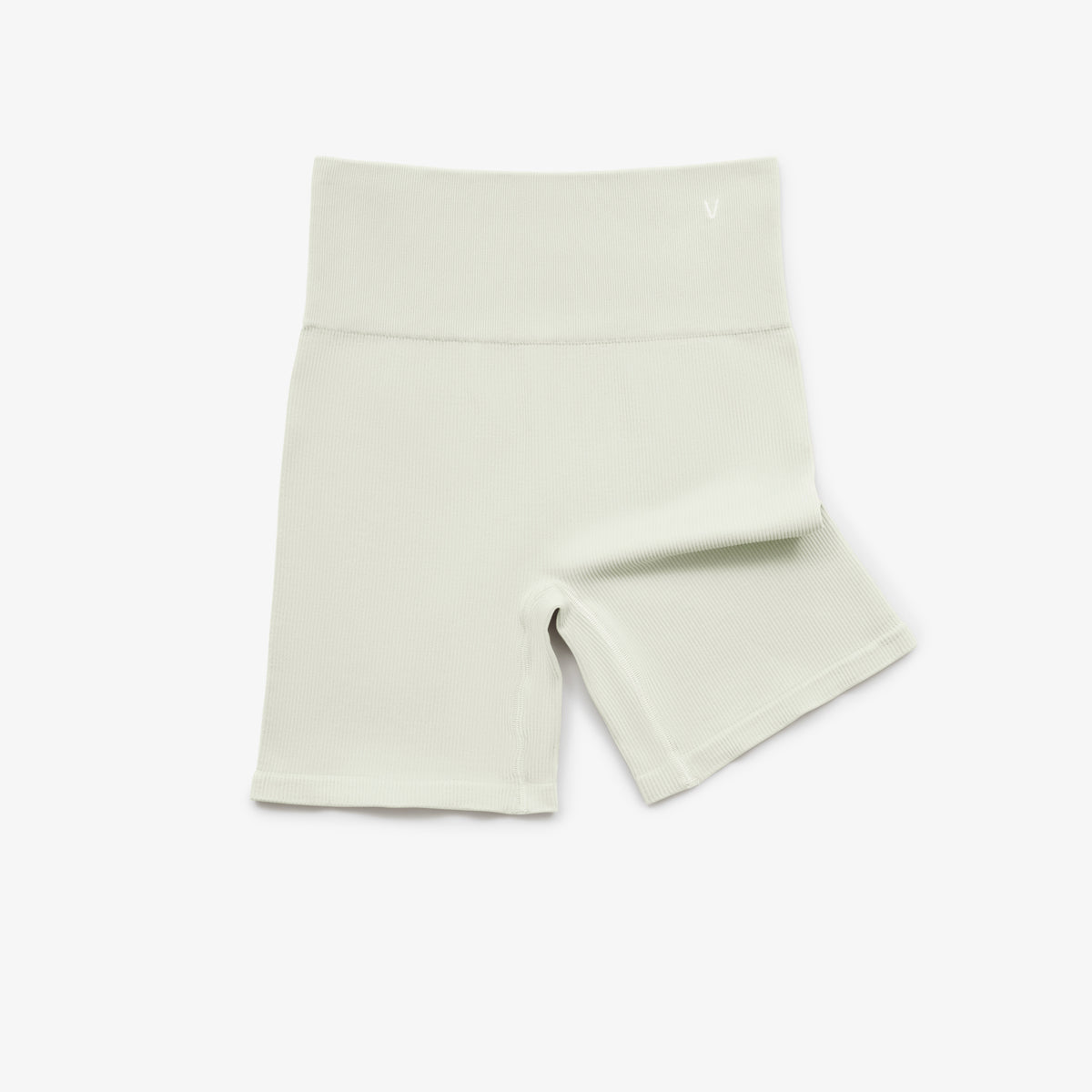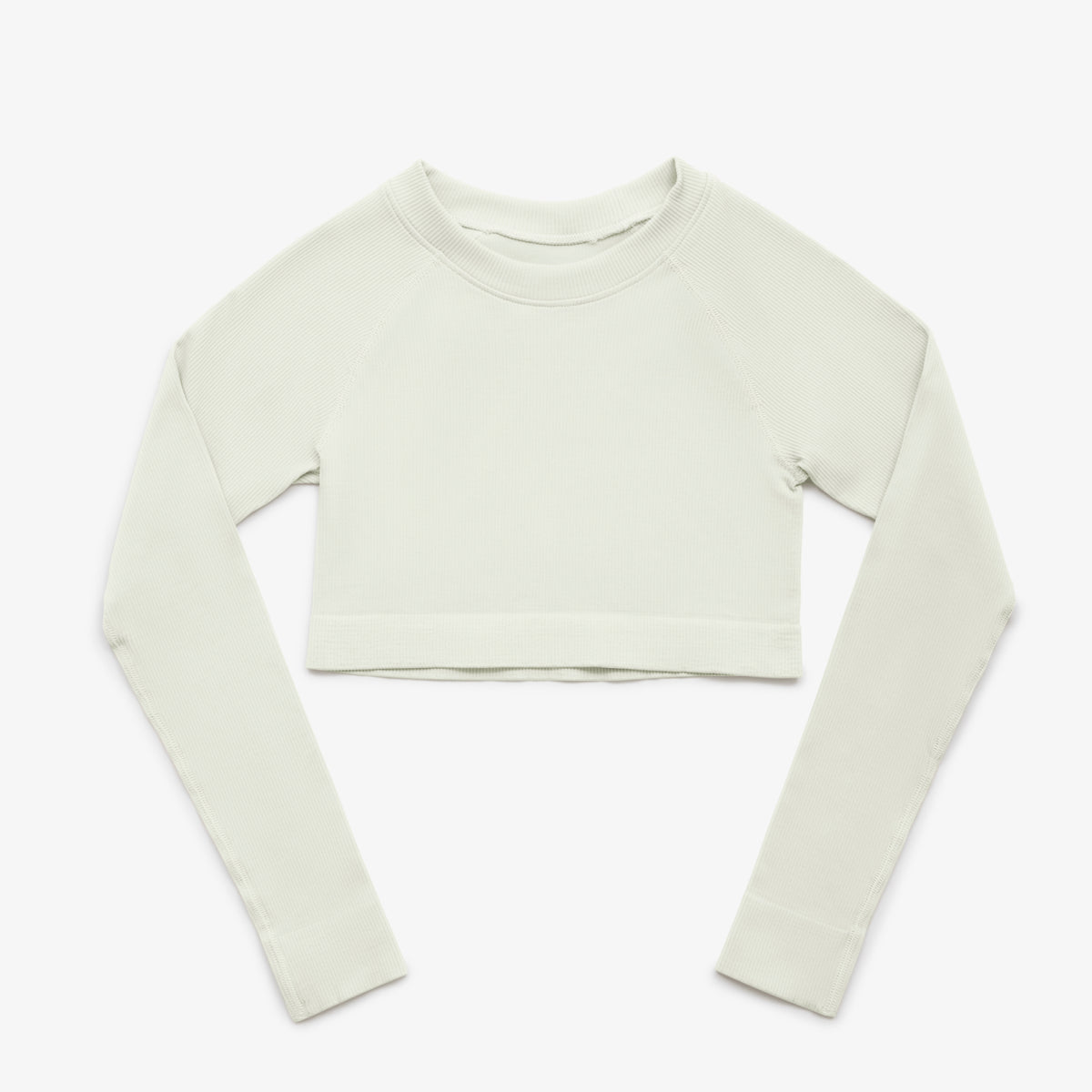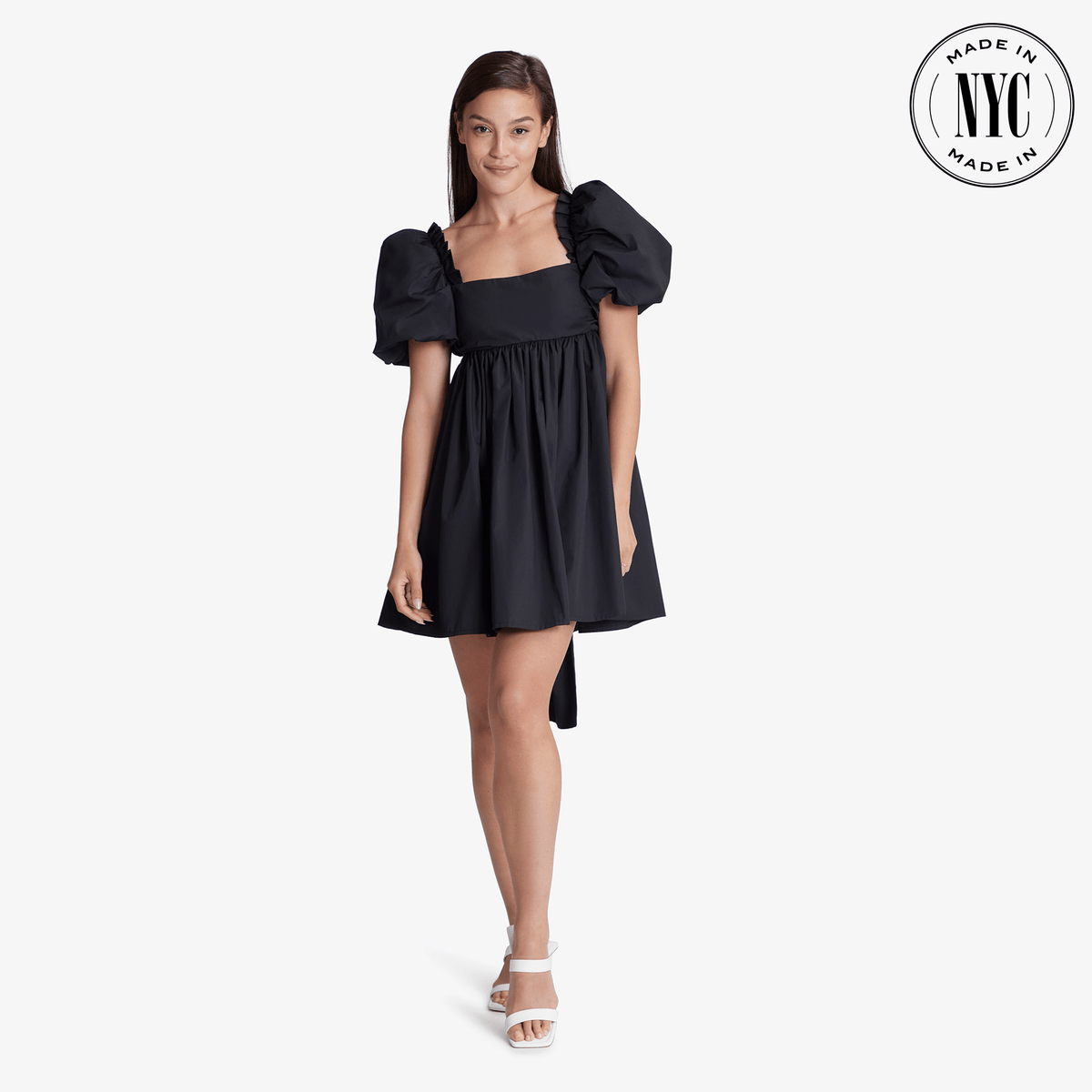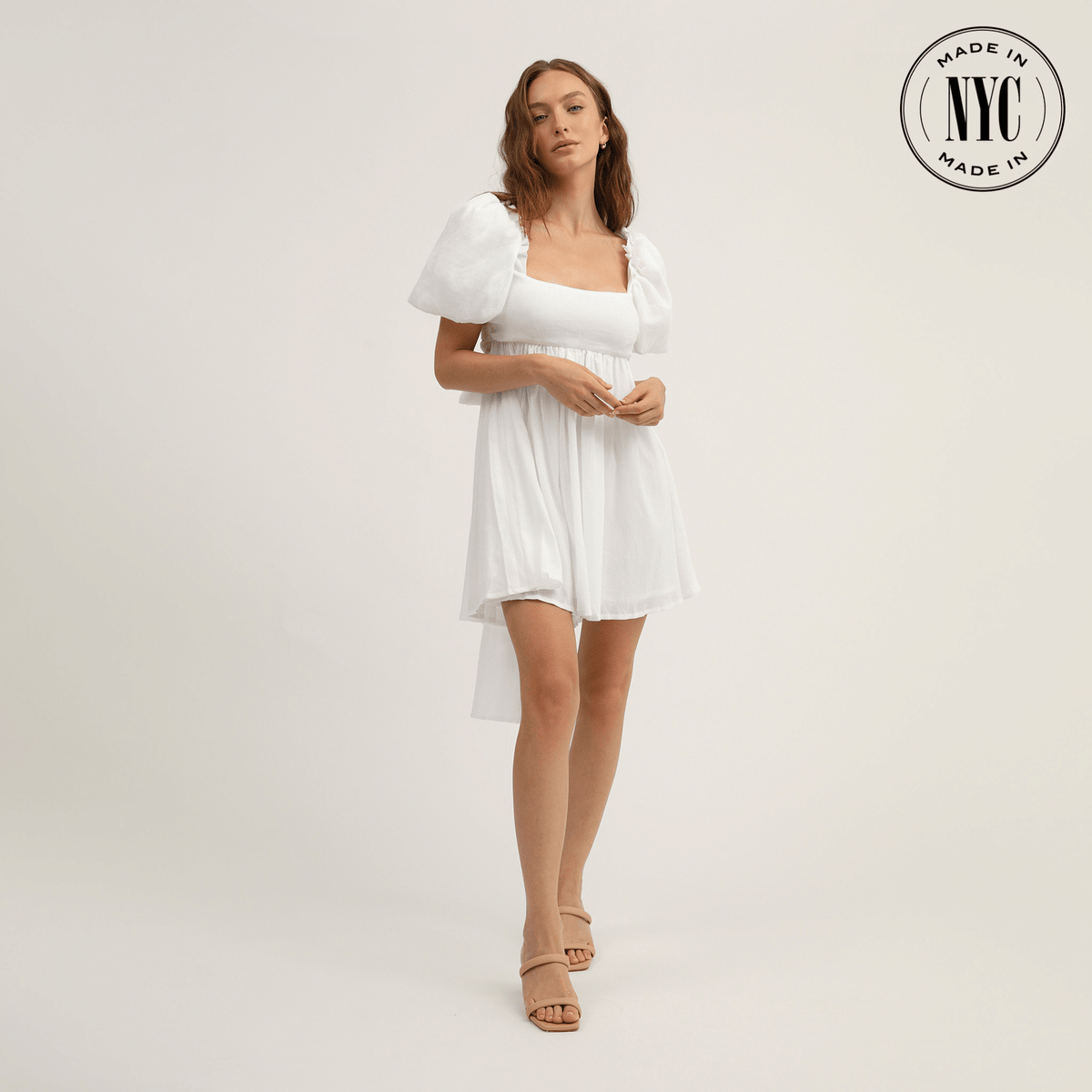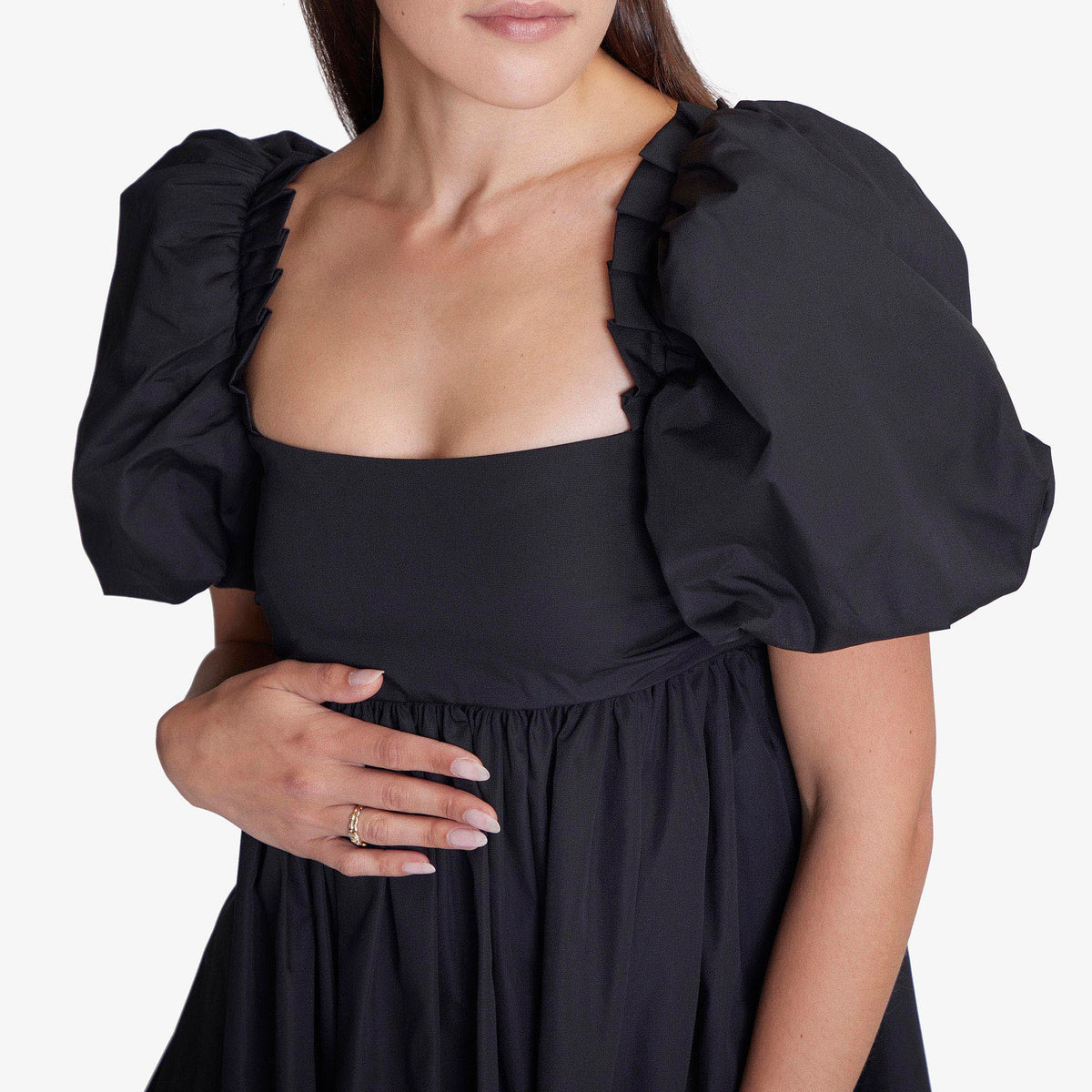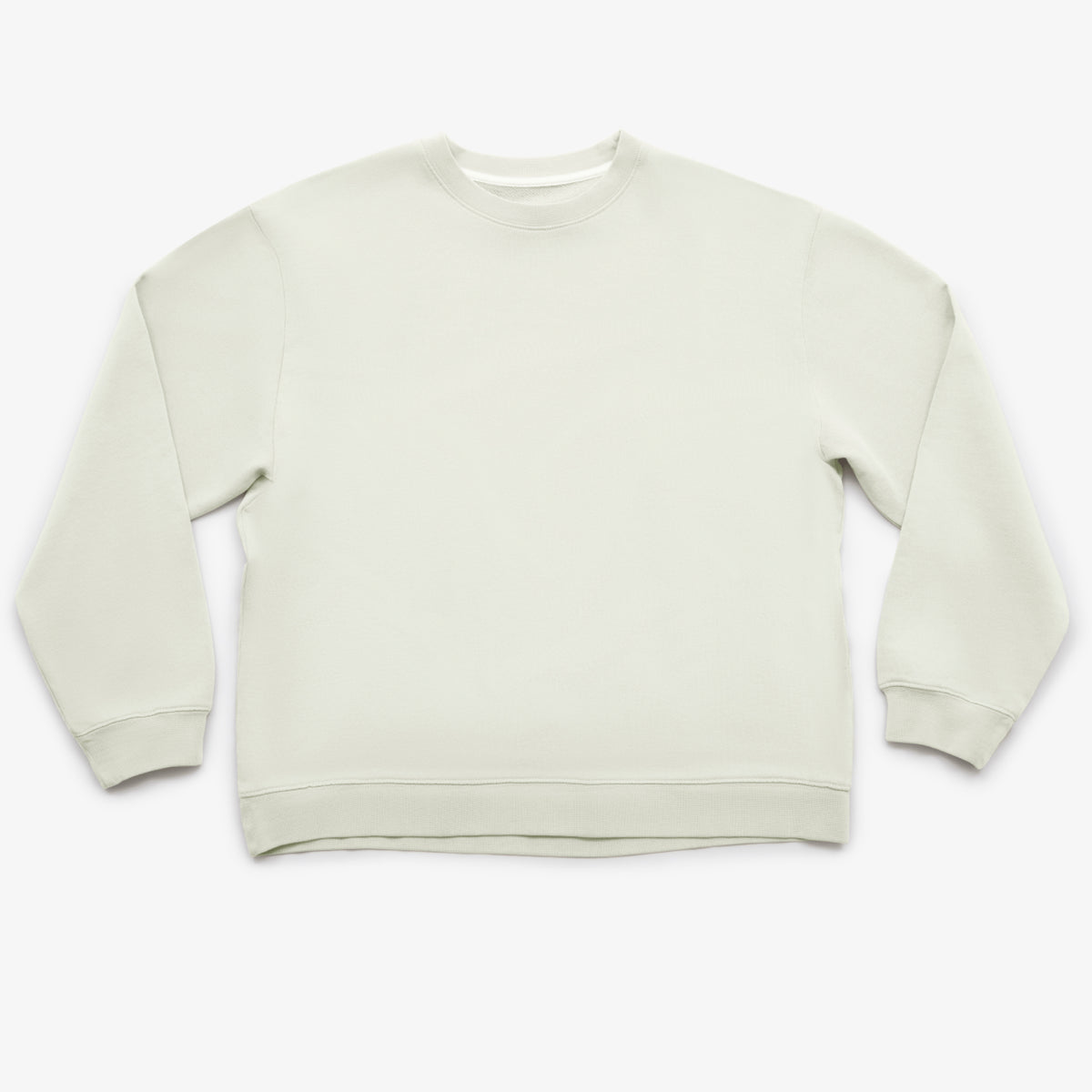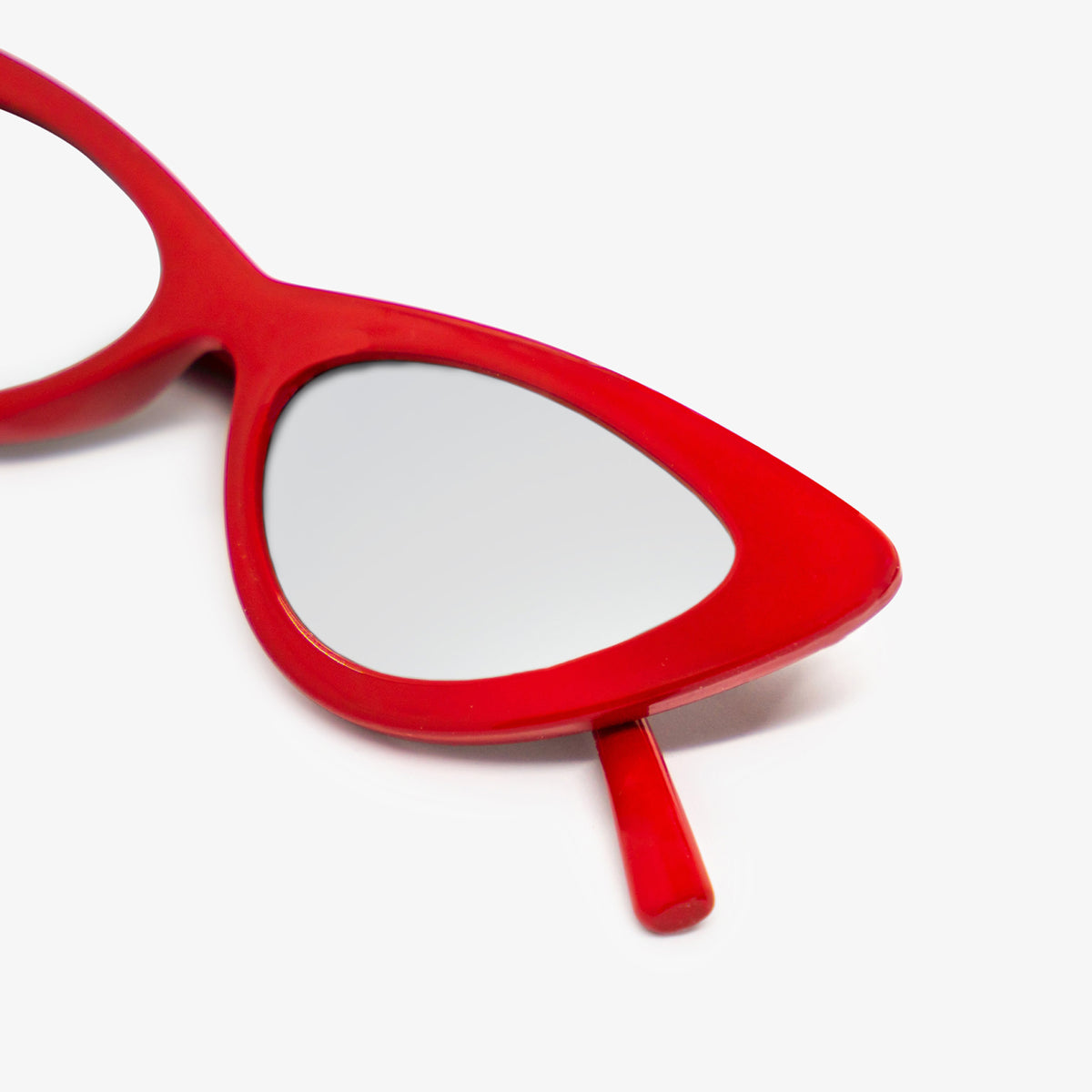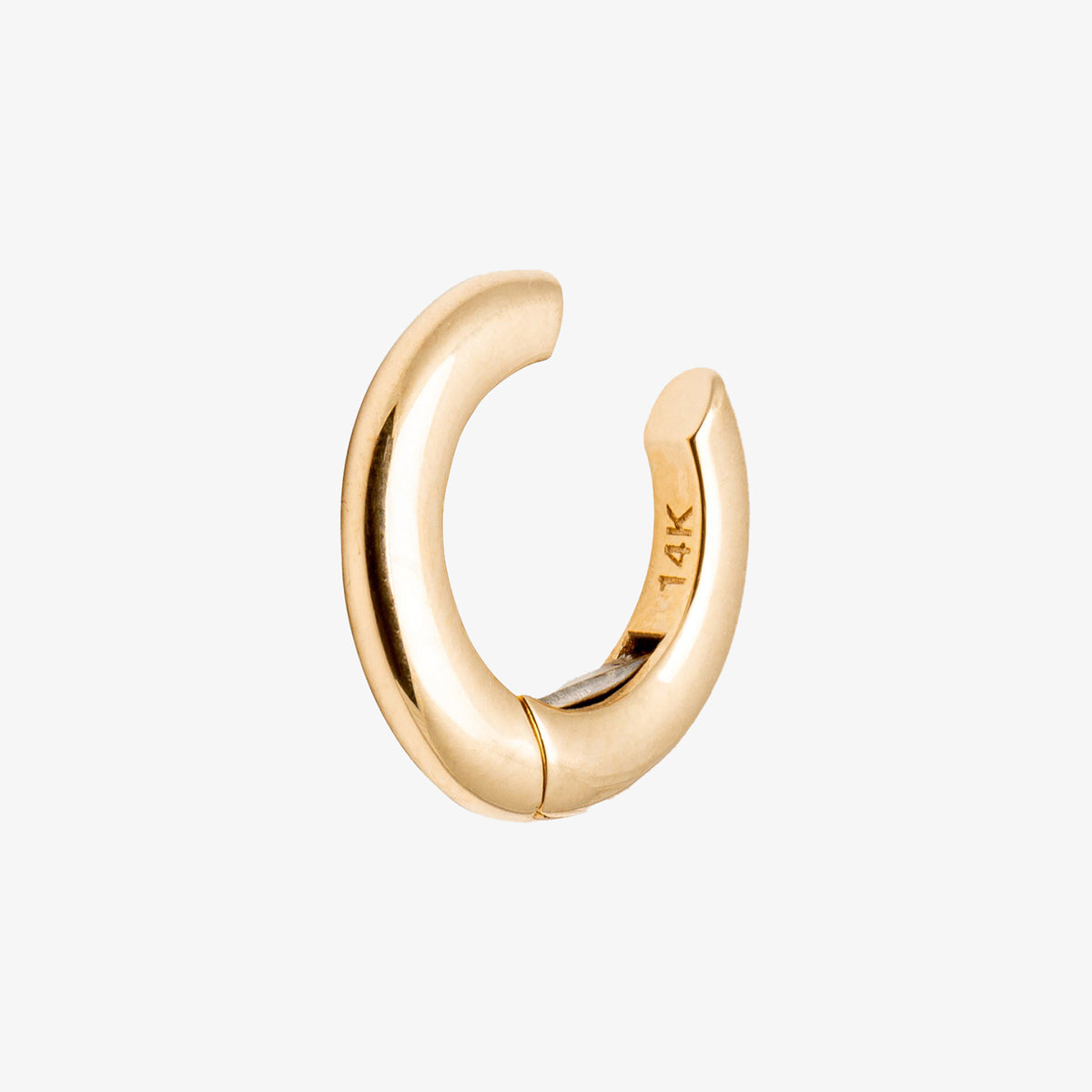Read Time: 5 Minutes
2020 was an impactful year to say the very least. A collective lesson it left us with is how to slow down and self-care. Oftentimes, reflecting internally and externally go hand in hand, and a good way to introduce decluttering negative energies is to declutter your closet. Reorganizing and editing your closet are separate concepts — we’re here to discuss the latter (and the more difficult of the two). And yes, that means getting rid of that itchy sweater because no fabric softener in the world is going to make it wearable. Letting go isn’t easy, but editing can be.
Step 1: Set Your Intention
Start simple. Here are a few guidelines to ease your way into the editing process without getting overwhelmed.
If you’re leaning towards minimalism, set the number of pieces you would like to have in your wardrobe. Start by formulating a list of outfit genres — i.e. basics, loungewear, workwear, statement pieces, eveningwear, activewear—and then focus on a specific number per category.
You can also ditch the number tactic and simply plan for all of your items to be visible the minute you open your closet. 90% of the time the “I don’t have anything to wear” feeling stems from not being able to see what you do have. The only way to achieve that is to get rid of all the pieces that you do see and continuously choose not to wear.
To actually begin editing, you’ve got two options:
Unleash everything you own. Take it all out. It will be chaotic at first but extremely satisfying to watch the mess die down. Set up a time-lapse video, you can thank us later.
Take your pieces out category by category. This might take a little bit longer but is less of a clothing bomb.
Step 2: Soul Search
It’s easy to get attached to pieces in your wardrobe. We’ve all been there. Whether it’s reminiscent of a specific time in your life or the memory of a person. What is important to keep in mind is letting go of the piece does not equate letting go of a memory. Here are a few tips on how to decide if a piece is worth keeping:
Pick it up, if it doesn’t immediately spark joy, you do not need it. If that method seems abrupt, try it on if you have to. See how it makes you feel.
A quick way to figure out if an item will not make its way back into your closet is if it makes you think “one day I’ll wear it.” If that day has not come yet, it’s time to stop holding your breath.
Ask yourself these questions:
Does this item reflect my personal style?
Do I truly like it?
Does it make me feel good now or did it briefly make me feel good in the past?
Have I worn it in the last 6 months?
If you answered No to at least half, then you know what to do.
Step 3: Get Organized
Create a space for three piles:
Keep
This pile consists of non-negotiable pieces. The ones you cannot go one month without.
Pro-tip: leave this one till the end. You’re going to want to do a deep clean of your closet space before anything can go back in there.
Donate
This pile is for items in good condition that do not have resale value.
It can be separated to your liking. Your favorite thrift store, a charity that is close to heart, even have your siblings or friends come over and sort through it.
Sell
Figure out how much value is in the pieces you have. You might not even realize that you’re sitting on vintage designer.
Some online options include Depop (for anything and everything), Poshmark or The Real Real (for luxury items)
Step 4: Reflect + Move Forward
The time has come to stop comparing your wardrobe to the unrealistic standards social media has set. Building your wardrobe takes time and effort but it is so worth it.
To build your dream closet:
And finally, as you’re neatly putting away each item, take note of gaps in your wardrobe. Make a list of things you need and things you want (treat yourself, you deserve it).













